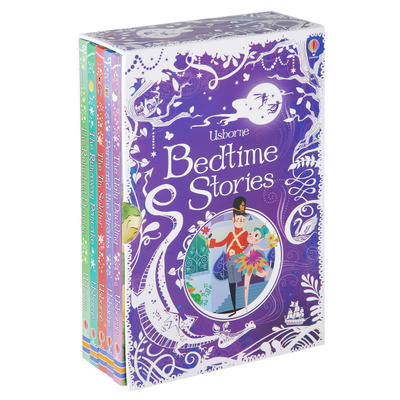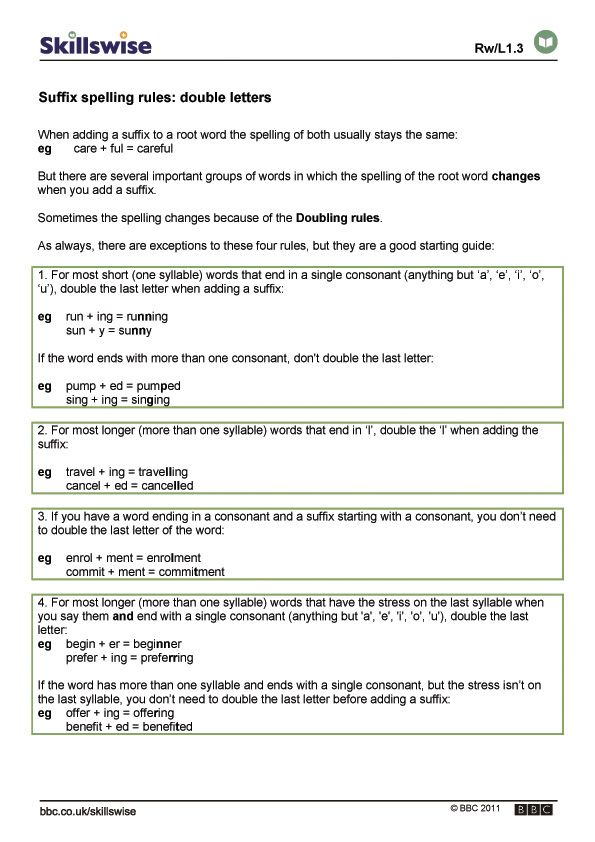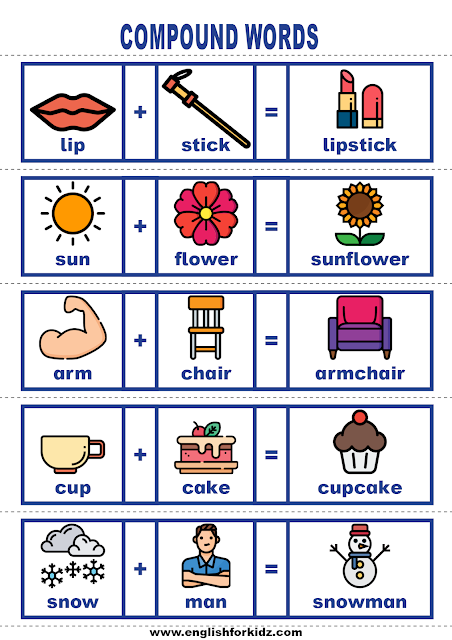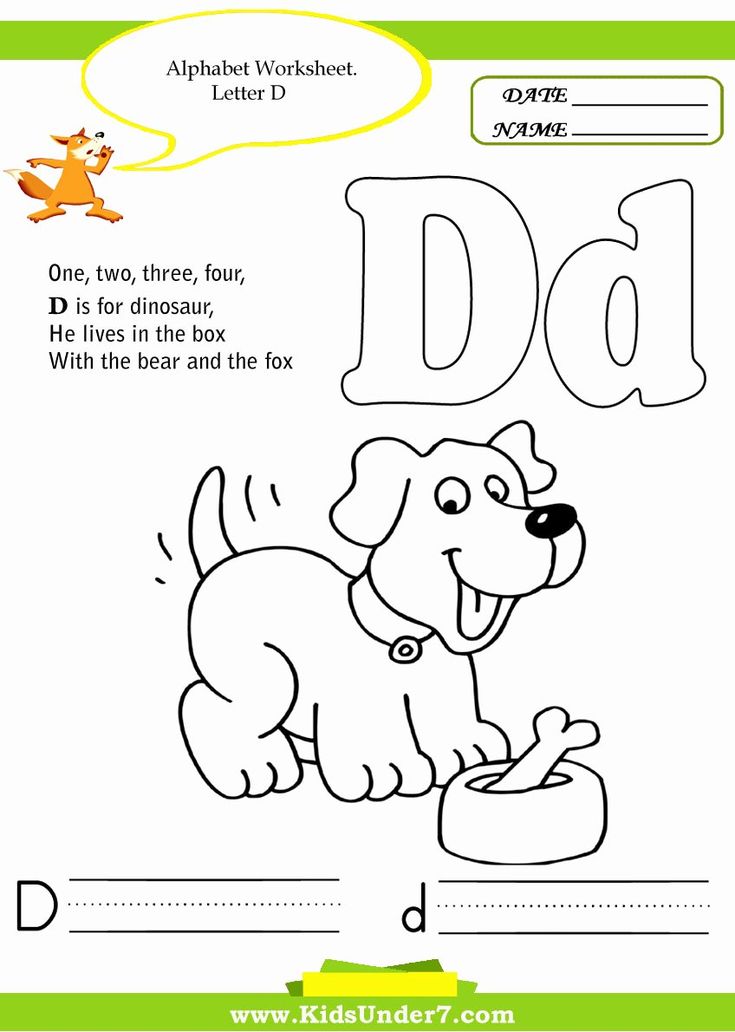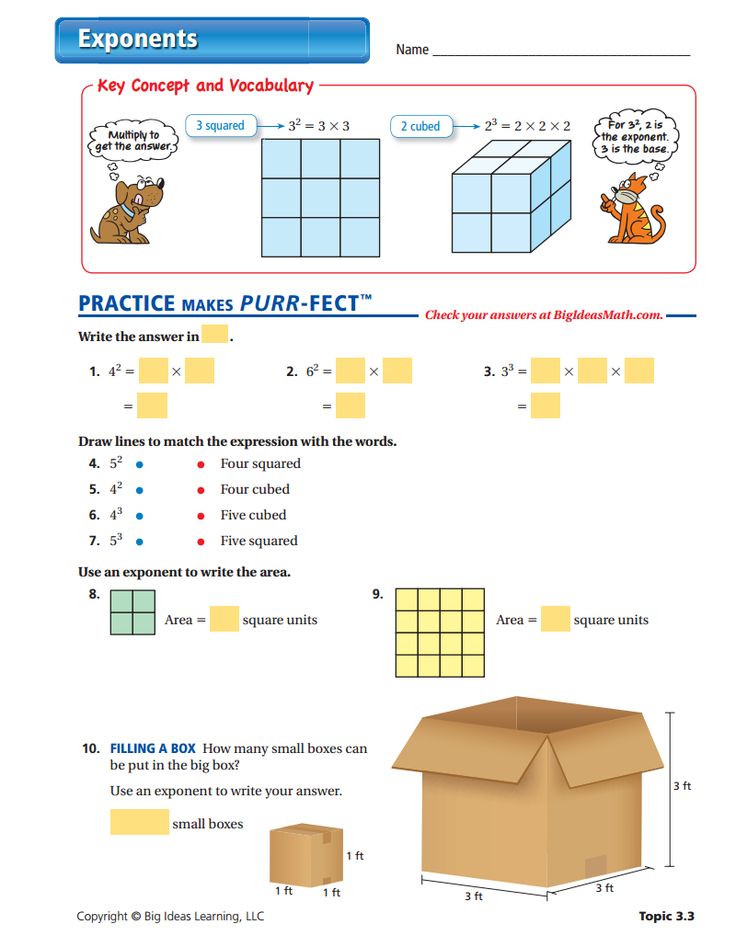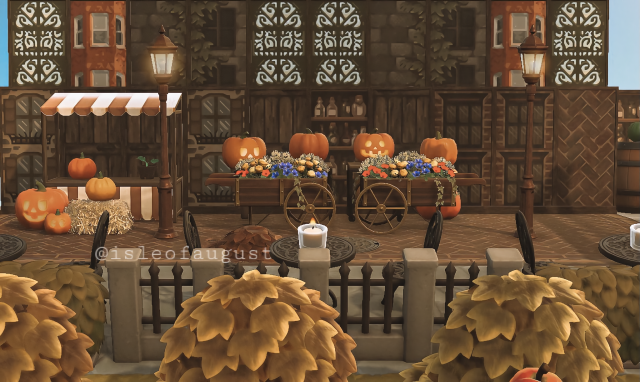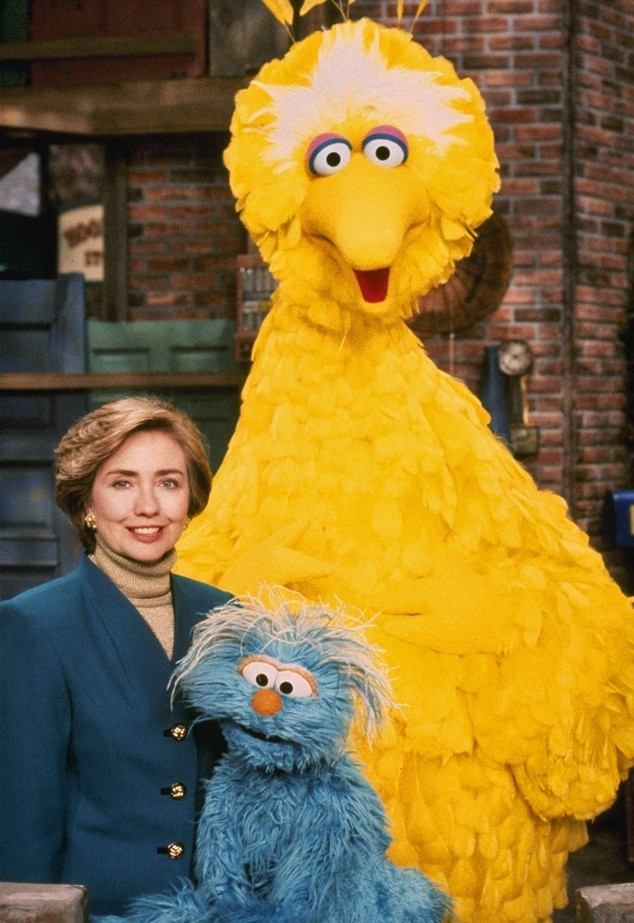Read with your child
Reading with Your Child | Reading Rockets
By: Bernice Cullinan, Brod Bagert
There is no more important activity for preparing your child to succeed as a reader than reading aloud together. Fill your story times with a variety of books. Be consistent, be patient, and watch the magic work.
It's no secret that activities at home are an important supplement to the classroom, but there's more to it than that. There are things that parents can give children at home that the classrooms cannot give.
Start young and stay with it
At just a few months of age, an infant can look at pictures, listen to your voice, and point to objects on cardboard pages. Guide your child by pointing to the pictures, and say the names of the various objects. By drawing attention to pictures and associating the words with both pictures and the real-world objects, your child will learn the importance of language.
Children learn to love the sound of language before they even notice the existence of printed words on a page. Reading books aloud to children stimulates their imagination and expands their understanding of the world. It helps them develop language and listening skills and prepares them to understand the written word. When the rhythm and melody of language become a part of a child's life, learning to read will be as natural as learning to walk and talk.
Even after children learn to read by themselves, it's still important for you to read aloud together. By reading stories that are on their interest level, but beyond their reading level, you can stretch young readers' understanding and motivate them to improve their skills.
It’s part of life
Although the life of a parent is often hectic, you should try to read with your child at least once a day at a regularly scheduled time. But don't be discouraged if you skip a day or don't always keep to your schedule. Just read to your child as often as you possibly can.
If you have more than one child, try to spend some time reading alone with each child, especially if they're more than two years apart.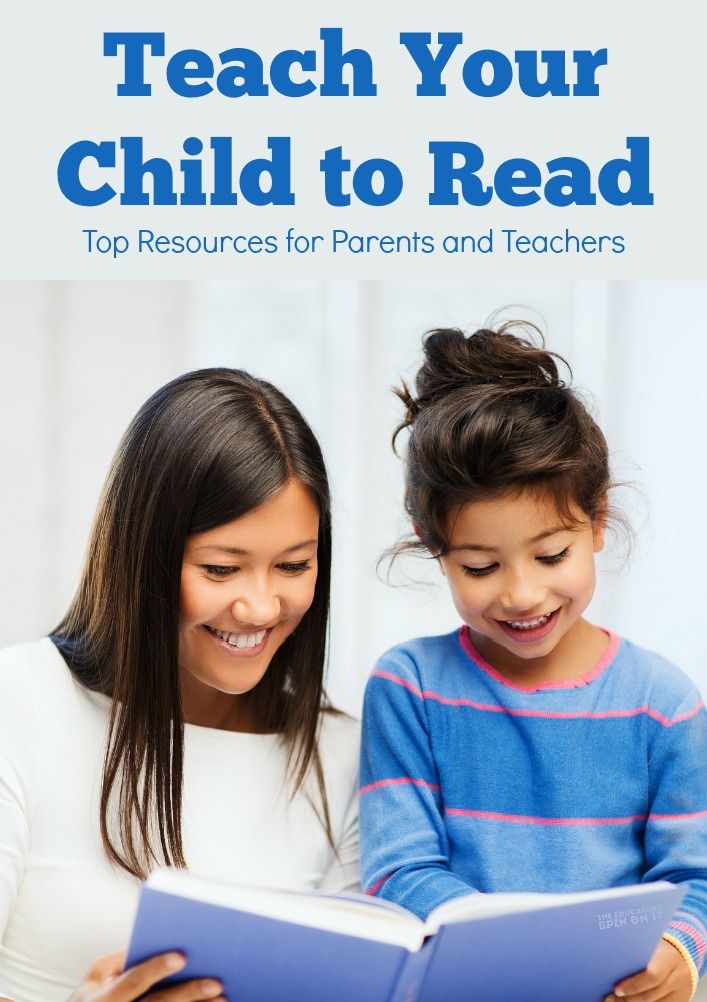 However, it's also fine to read to children at different stages and ages at the same time. Most children enjoy listening to many types of stories. When stories are complex, children can still get the idea and can be encouraged to ask questions. When stories are easy or familiar, youngsters enjoy these "old friends" and may even help in the reading.
However, it's also fine to read to children at different stages and ages at the same time. Most children enjoy listening to many types of stories. When stories are complex, children can still get the idea and can be encouraged to ask questions. When stories are easy or familiar, youngsters enjoy these "old friends" and may even help in the reading.
Taking the time to read with your children on a regular basis sends an important message: Reading is worthwhile.
One more time
You may go through a period when your child favors one book and wants it read night after night. It is not unusual for children to favor a particular story, and this can be boring for parents. Keep in mind, however, that a favorite story may speak to your child's interests or emotional needs. Be patient. Continue to expose your children to a wealth of books and eventually they will be ready for more stories.
Talking about stories
It's often a good idea to talk about a story you are reading, but you need not feel compelled to talk about every story.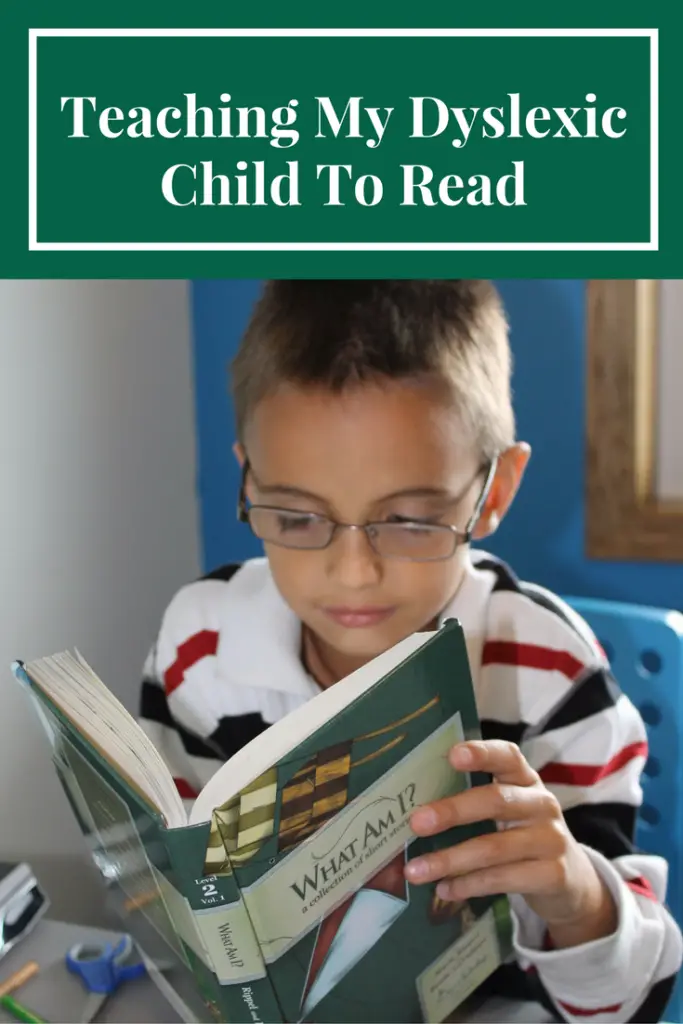 Good stories will encourage a love for reading, with or without conversation. And sometimes children need time to think about stories they have read. A day or so later, don't be surprised if your child mentions something from a story you've read together.
Good stories will encourage a love for reading, with or without conversation. And sometimes children need time to think about stories they have read. A day or so later, don't be surprised if your child mentions something from a story you've read together.
Remember when you were very young
It will help, however, if we open our eyes to some things adult readers tend to take for granted. It's easier to be patient when we remember how much children do not know. Here are a few concepts we adults know so well we forget sometimes we ever learned them.
- There's a difference between words and pictures. Point to the print as you read aloud.
- Words on a page have meaning, and that is what we learn to read.
- Words go across the page from left to right. Follow with your finger as you read.
- Words on a page are made up of letters and are separated by a space.
-
Each letter has at least two forms: one for capital letters and and one for small letters.

These are examples of hieroglyphics.
Imagine how you would feel if you were trying to interpret a book full of such symbols. That's how young readers feel. But, a little patience (maybe by turning it into a puzzle you can solve together) is certain to build confidence.
Advertise the joy of reading!
Our goal is to motivate children to want to read so they will practice reading independently and, thus, become fluent readers. That happens when children enjoy reading. We parents can do for reading what fast food chains do for hamburgers? ADVERTISE! And we advertise by reading great stories and poems to children.
We can help our children find the tools they need to succeed in life. Having access to information through the printed word is an absolute necessity. Knowledge is power, and books are full of it. But reading is more than just a practical tool. Through books we can enrich our minds; we can also relax and enjoy some precious leisure moments.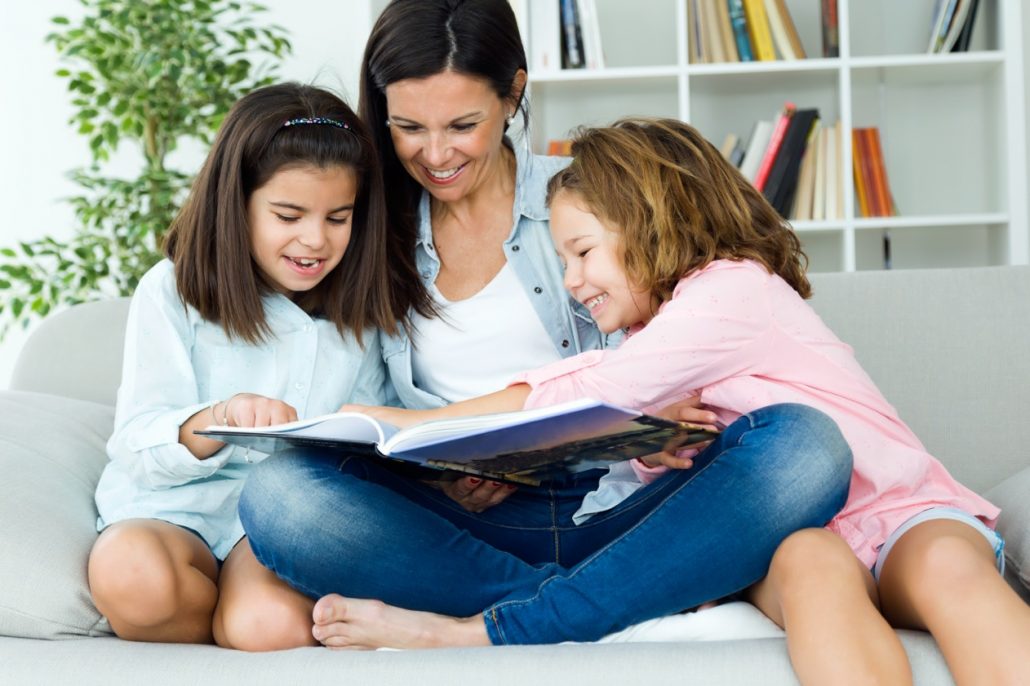
With your help, your children can begin a lifelong relationship with the printed word, so they grow into adults who read easily and frequently whether for business, knowledge, or pleasure.
Fun and Effective Ways to Read With Children
On this page
- Reading to 0-3 year olds
- Reading with preschoolers
- Reading with elementary school kids
Experts believe that reading to your child every day is one of the most important things parents can do.
Here are ideas for using this reading time to build your child's literacy skills while keeping it fun for both of you. Click below for ideas if your child is:
- 0-3 years old
- in preschool, Head Start, or day care
- in elementary school
If you are more comfortable with Spanish, then please read to your child in Spanish. This will not delay his or her learning of English.
For a list of great books to read with your child, see the Books & Authors section. It also has information on how to borrow books from the public library for free.
It also has information on how to borrow books from the public library for free.
Reading to 0-3 year olds
Make reading a part of every day
Try to read to your child for at least 15 minutes each day. Bedtime is an especially good time to read together. You can read in Spanish or English.
Hold your child while you read
Sit with your child on your lap as you read. Let him or her hold the book and help turn the pages.
Read with fun in your voice
Use your face, body, and voice to make reading fun. Use different voices for different characters.
Know when to stop
If your child loses interest or has trouble paying attention, just put the book away for a while. A few minutes of reading is ok. Don't continue reading if your child is not enjoying it. With practice, your child will be able to sit and listen for a longer time.
Talk about the pictures
Point to the pages and talk about the pictures in the book. Ask your child to look at the pictures for clues to what the story is about.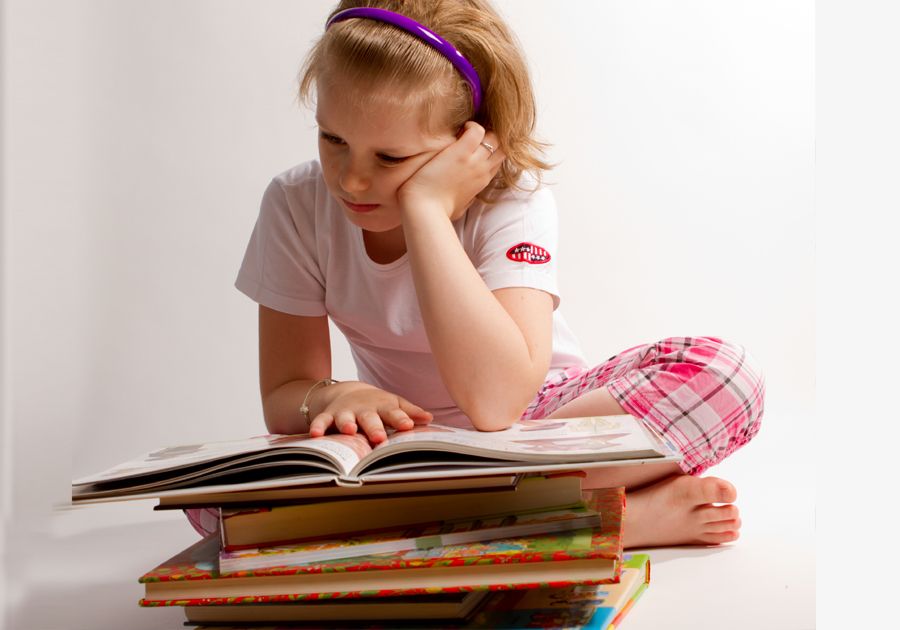
Show your child the words
As you read the book, run your finger along the bottom of the words. Soon your child will realize it is the words that are read and not the pictures. If you're reading a book in Spanish, feel free to let your child know the English version of a word. Say something like "Perro is called dog in English."
Reading with preschoolers
Say how much you enjoy reading together
Tell your child how much you enjoy reading with him or her. Talk about "story time" as the favorite part of your day.
Surround your child with books
Try to have books in your home for your child to read. Books from a bookstore can be expensive, but there are places where you can get inexpensive books, such as second hand bookstores, garage sales, thrift shops, and library book sales. And of course, borrowing books from the library is free!
Let your child choose
Let your child pick out his or her own books. Letting your child read what interests him or her is one way that reading becomes fun.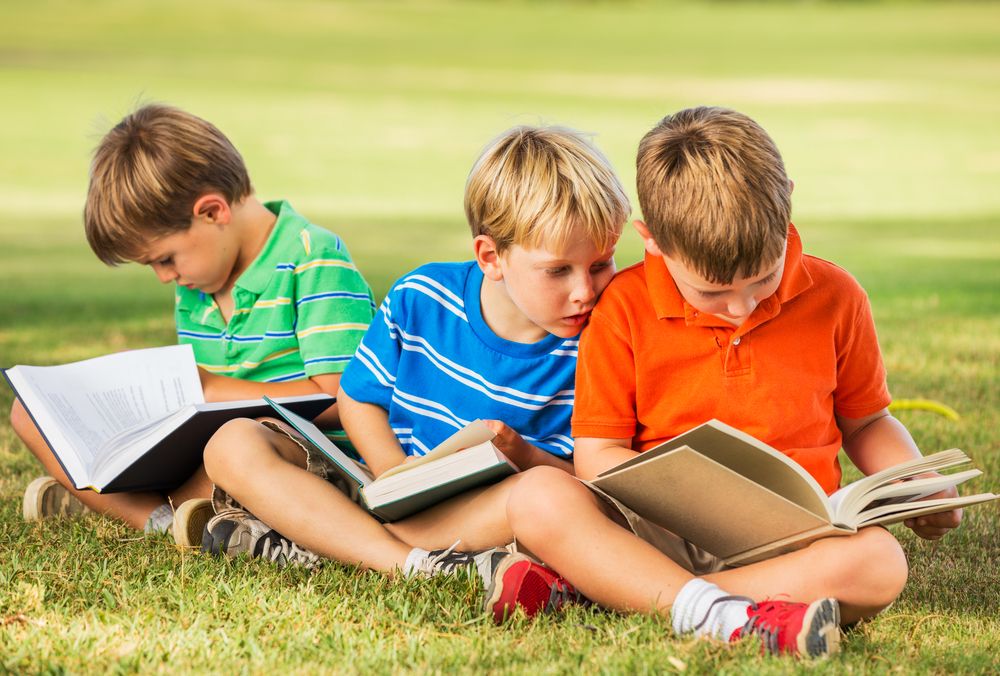
Make reading special
Do things that will make books and reading seem special. Help your child get his or her own library card, buy books and books-on-tape as gifts, and use books as rewards.
Show your child the parts of a book
Look at the cover of the book. Talk about what the book might be about. Look at the page numbers. Tell your child who the author is and who the illustrator is.
Show how we read words on a page
Point out how we read words on a page from left to right and from top to bottom. Explain that words are separated by spaces.
Ask your child questions
Discuss what's happening in the story and point out things on the page. Ask your child questions such as: "What do you think will happen next?" or "What is this?"
Let your child ask you questions
If your child asks a question, stop and answer even if it interrupts the story. Find ways to talk about how the story relates to your child's life.
Read it again and again
Your child may want to hear a favorite story over and over.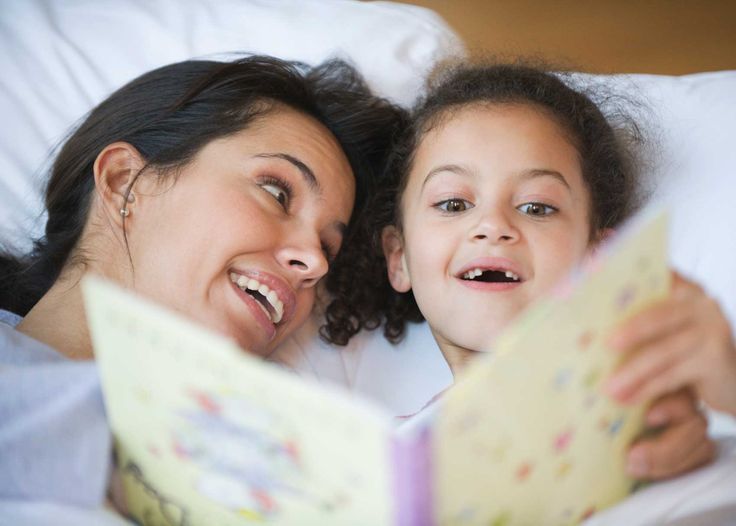 Go ahead and read the same book for the 100th time! This is beneficial for your child.
Go ahead and read the same book for the 100th time! This is beneficial for your child.
Let your child tell you the story
Many children memorize stories they've heard many times. Let your child take a turn "reading" the book to you.
Talk about punctuation
Explain that punctuation is a way to show how we talk. You can say, for example, "When we talk, we usually pause a little bit at the end of a sentence. The way we show this in writing is to use a period."
Use books on tape
If you don't know English and would like for your child to hear stories in English, you can borrow books from the library that have audiocassettes, or CDs. Your child can listen to a story being read on tape as he or she follows along in the book. Or use computer programs such as Just Grandma and Me that highlight words on the screen as a voice speaks. Children can choose to hear the story and play the games in English, French, German, or Spanish.
Reading with elementary school kids
Encourage your child to read another one
Find ways to encourage your child to keep reading. If he or she likes one book, find another book with a similar subject or by the same author. Ask a librarian or teacher for book suggestions.
If he or she likes one book, find another book with a similar subject or by the same author. Ask a librarian or teacher for book suggestions.
Take turns reading
Once your child can read, have him or her read aloud to you every day. You can take turns – you read one page and your child the next.
Make connections to your child's life
Help your child make connections between what he or she reads in books and what happens in life. If you're reading a book about a family, for example, talk about how what happens in the story is the same or different from what happens in your family.
Give your child an incentive to read
At bedtime, encourage your child to read. Offer a choice between reading or sleeping. Most kids will choose to read, as long as you don't offer something more tempting (like TV).
Try different types of books and magazines
Encourage your child to read different types of books, articles, or stories. Some kids, especially boys, prefer nonfiction books. Others like children's magazines.
Others like children's magazines.
Turn on the closed captioning on your television
When watching a television show with your child, try turning on the closed captioning channel. This shows the words the characters are speaking on the television screen. Some people find it's a good way to learn English!
Reprints
You are welcome to print copies or republish materials for non-commercial use as long as credit is given to Colorín Colorado and the author(s). For commercial use, please contact [email protected].
Major support provided by our founding partner, the American Federation of Teachers, AFL-CIO.
With generous support provided by the National Education Association.
ADVERTISEMENT
Most Popular
Language Objectives: The Key to Effective Content Area Instruction for English Learners
8 Strategies for Building Relationships with ELLs
Supporting ELLs in the Mainstream Classroom: 12 Strategies for Language Instruction
Using Cognates to Develop Comprehension in English
Tweets by @ColorinColorado
read together.
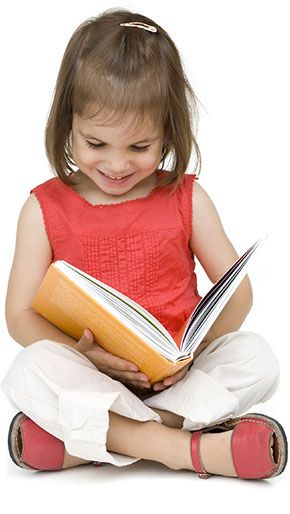 This is the so-called joint game. Be sure to play and read with your child every day. Born to read. How to make a child friends with a book Raising a born reader: read together. This is the so-called joint game. Be sure to play and read with your child every day. Born to read. How to make a child friends with a book
This is the so-called joint game. Be sure to play and read with your child every day. Born to read. How to make a child friends with a book Raising a born reader: read together. This is the so-called joint game. Be sure to play and read with your child every day. Born to read. How to make a child friends with a book WikiReading
Born to read. How to make a child friends with a book
Boog Jason
Contents
Raising a born reader: read together. This is the so-called joint game. Be sure to play and read with your child every day
According to child development experts at the Mayo Clinic, babies begin to focus on faces, shapes, and colors in the first weeks of life. Babies respond to their parents' voices from birth, and reading is the best stimulus for early language development. By six months, the child can follow the plot and repeat sounds after the reading adult, even if he remains motionless.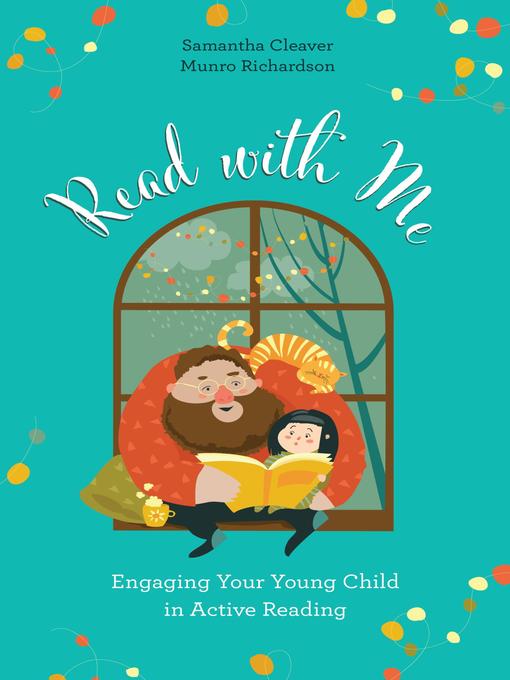
Reading is first and foremost a habit. As Betsy Beard says, “In fact, babies can read quite a lot right from the start. ... In the first weeks, newborns see poorly, blurry vision, which greatly limits their ability to perceive a book. But even then you can do something. There are amazing books like Black and White by Tana Hoban, a flip book that can be stretched out over a cradle. The sharp contrast fascinates kids. After the baby's eyesight has developed, have him listen to you read while lying in the cradle. When you can put him on your lap, proceed to reading in a sitting position. So, basically, start reading as soon as you can, and when your little one learns to reach for things, books will become one of his favorite toys.”
Based on the American Academy of Pediatrics' data on child development, I have outlined the stages of learning to read in the first months of a child's life.
This text is an introductory fragment.
Read signs and labels with your child
Read signs and labels with your child Nothing broadens a child's horizons like reading. However, it is not the technical skill of reading that is important, but the ability to master the world by studying the inscriptions. The kid lives among words for a very long time without reading. Most of his educational
Raising a Born Reader
Raising a Born Reader 1. Read together. Together with your child, get acquainted with a book, a computer application, an electronic or audio book - any carrier of a literary text. Scientists call such activities joint play activities. The child must not
Raising a Natural Reader: Play the Story in Faces
Raising a Natural Reader: Play the Story in Faces If the illustration is of a broom, picture it shuffling across the floor.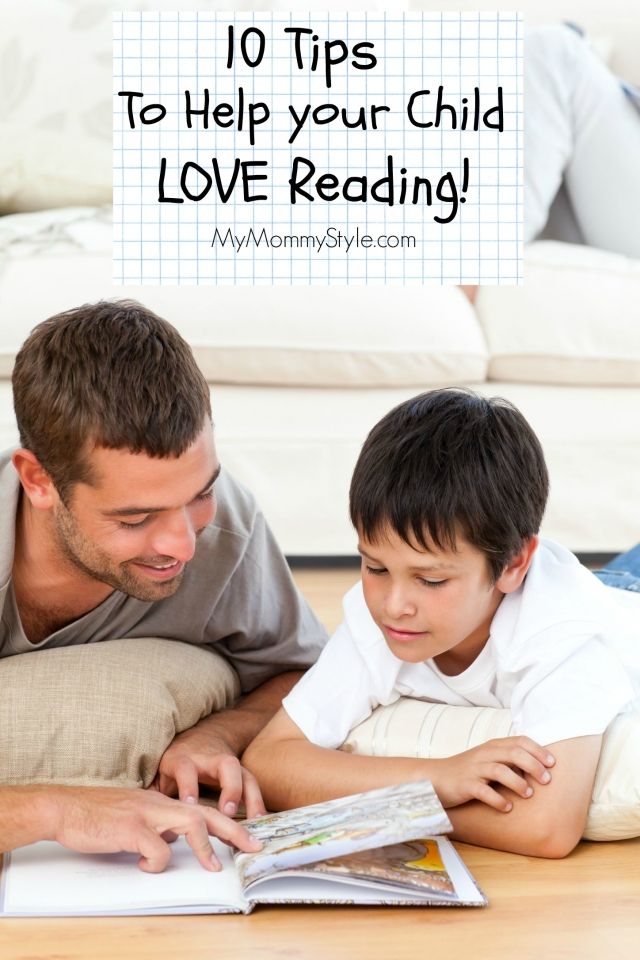 Pretend that you want to eat the food that is on the table in front of the hero. This will help your child learn the concept of the word - cornerstone
Pretend that you want to eat the food that is on the table in front of the hero. This will help your child learn the concept of the word - cornerstone
Raising a Natural Reader: Discuss Book 9 Details0022
Raising a Born Reader: Discuss Book Details Show your child your favorite illustrations, name the colors presented on the page, animals, people, their feelings. At first, the child will not be able to join you, but as he grows older, he will learn your habit of
Raising a Natural Reader: Discuss Book Details
Raising a Born Reader: Discuss Book Details Your one-year-old baby is not yet able to really carry on a conversation, but you can discuss the book you are reading with him in all details. Point to colors, shapes, numbers, letters and help your child decipher
Raising a Born Reader: Share Your Opinions on Book
Raising a Born Reader: Share Your Opinions on a Book If your child likes a particular book, ask why.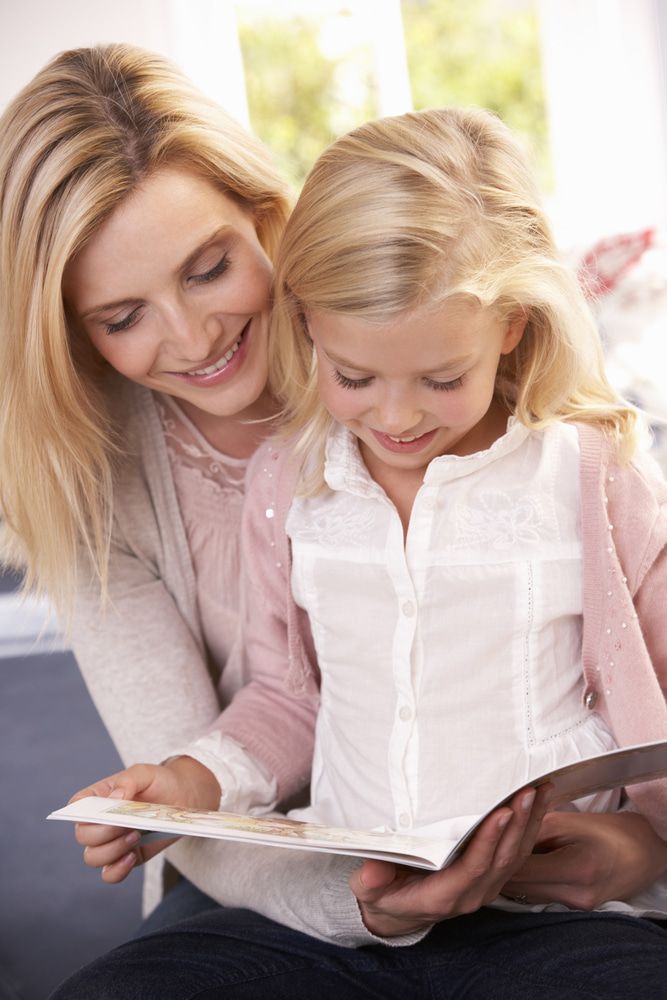 If the baby is fidgeting when you read an e-book to him, also find out the reason. How to start communication: Did you like the burning banana? You
If the baby is fidgeting when you read an e-book to him, also find out the reason. How to start communication: Did you like the burning banana? You
Raising a Natural Reader: Read to your child about things he loves
Raising a Natural Reader: Read to your child about the things he loves If your child constantly reads a book about the panda bear, ask the librarian for other books about pandas. Read your favorite books with your child; use apps, videos and online resources for
Raising a Natural Reader: Offer Your Child What He Loves
Raising a Born Reader: Offer Your Child What They Love If your child enjoys the digital version of Beatrix Potter, ask the librarian for other books in the series. Read with your child books that he likes and help him learn
Nurturing a Natural Reader: Relate Story to Real Experience
Raising a Born Reader: Relate Story to Real Experience Help your child draw parallels between a book and something that interests them deeply in real life. This is how people comprehend the world, so it is vital to be able to correlate the plot or idea of a book or
This is how people comprehend the world, so it is vital to be able to correlate the plot or idea of a book or
Raising a Natural Reader: Read Together
Growing a Natural Reader: Read Together Make playing with your child, including reading, part of your daily routine. You should definitely play and read together every single day. How to start a conversation: Do you want to be a fairy? Let's bake a cake like
Raising a Born Reader: Maintain a Dialogue
Raising a Born Reader: Maintain a Dialogue Continue talking to your child about a book or app that teaches reading skills after you close it. Relate the plot of the book to real life and ask your child a lot of questions. How to start communication:
Raising the Natural Reader Rulebook Revisited
Revisiting the Rulebook for Growing the Born Reader When your child is four years old, it's time to revisit the Raising a Born Reader rulebook.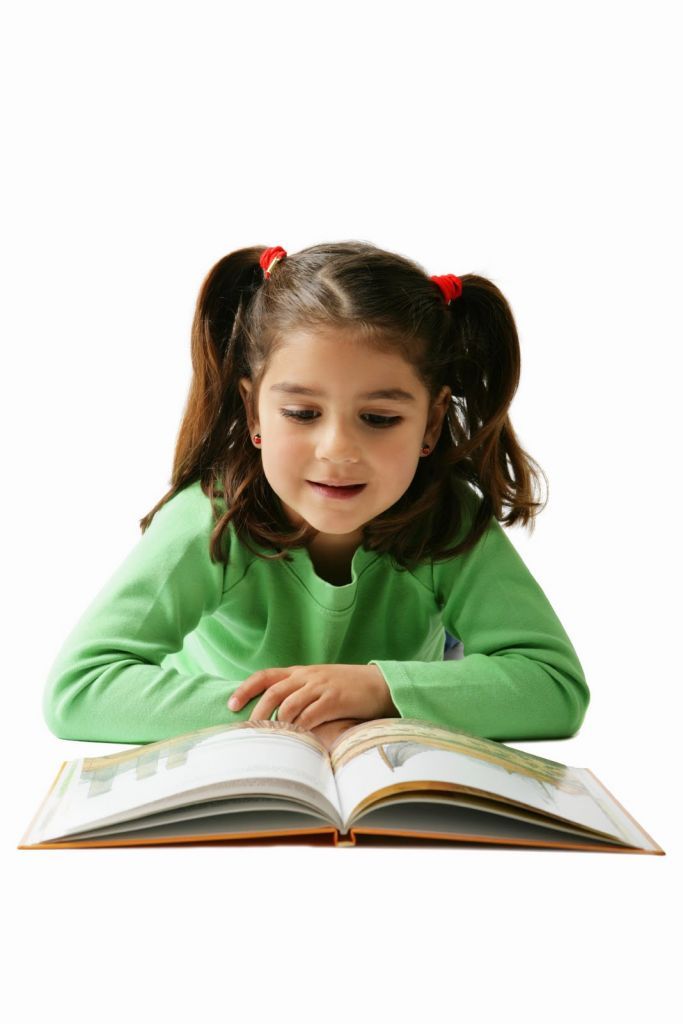 The fact is that reading to a four-year-old is strikingly different from reading to a one-year-old baby, even at 90,003
The fact is that reading to a four-year-old is strikingly different from reading to a one-year-old baby, even at 90,003
Raising a Natural Reader: Play the Story in Faces
Raising a Natural Reader: Play the Story in Faces When you see a broom in the picture, pretend it is shuffling across the floor, or pretend that you want to eat the food of the drawn character. So you will help the child to correlate concepts with words, which, in fact, is
Read math books with your child. Make it fun!
Read math books with your child. Make it fun! Even if your child is still a baby, you probably have a few primers. But if you are going to treat your child to reading from a very early age, do not forget to diversify his “diet” with books about
Raising a Natural Reader: Expand Your Child's Knowledge
Raising a Born Reader: Expand Your Child's Knowledge Whenever possible, direct the reading process to new material for the child. How to start communication: Do you know why this car won't start? Do you want me to tell you how she cooked the soup?
How to start communication: Do you know why this car won't start? Do you want me to tell you how she cooked the soup?
80. It is not necessary to grieve with the child
80. It is not necessary to grieve with the child It really is. It doesn't mean that you are a bad mother. It's just that you are a separate person with your own beliefs and temperament. French mothers are very sensitive to the experiences of their children. But they believe that the most
"You can't work for results with a small child": teachers and psychologists about children's reading
April 2, 2019, 10:52
Article
A small child should read - this is an axiom. It is not clear when exactly it appeared, but those who were born in the 70s and 80s already fell under the “you already knew all the letters at the age of three”, and the author of this text included.
And if 30 years ago a child reading at the age of four attracted the attention of others and aroused admiring approval, then today the parent of a child who does not know the letter at the same age will surely hear that, in fact, "it's high time".
TASS spoke with leading Russian experts in children's reading about how and when to start reading with children, how to choose books for different ages, how gadgets affect reading learning, and why early development is not a guarantee of successful learning in the future.
Start with yourself
Parents tend to be more or less ambitious about their children: each of them has their own idea of the path to success, but many will agree that reading is important. So, you need to make sure that the child loves to read. But how?
Dozens of educational methods are ready to answer this question: early development, reading on cards, reading in whole words and in syllables; parents are offered to buy a floor covering with an alphabet, to hang an alphabet over the bed for a barely born child, and as soon as he learns to hold objects in his hands, give cubes with letters.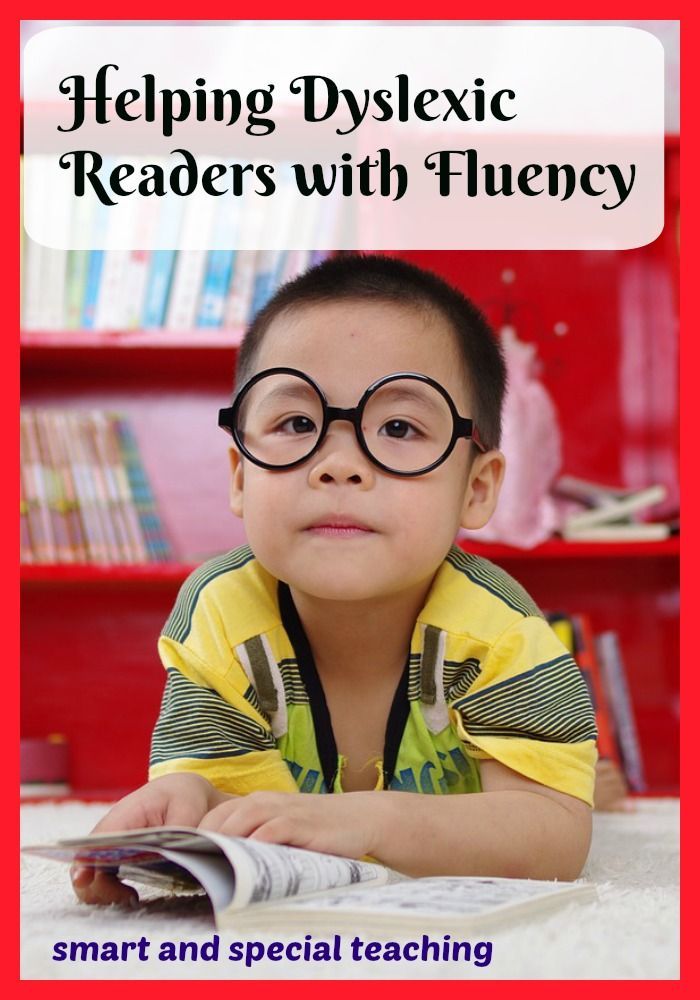
Other adults, recalling their childhood unhappy experience of learning to read, prefer to leave the child alone until school.
See also
Pictures from childhood
What is the most correct way? Teacher, literature teacher Dima Zitser believes that parents who dream of seeing a child with a book should first of all take a critical look at themselves.
"A child in the first years of life learns everything by looking at his parents: he copies their behavior. Looking at them, he tries to hold a spoon, brush his own teeth and put on shoes. And read books too. Do you want the child to read? Read for yourself "If you want to swear? Swear. If you want to suppress others, suppress each other. You will get the result very soon."
According to the teacher, it is worth answering honestly to yourself the question: why do I want my child to like to read?
“First of all, you need to stop lying to yourself and your children, saying that a book makes you richer, more successful, happier,” explains Dima Zitser.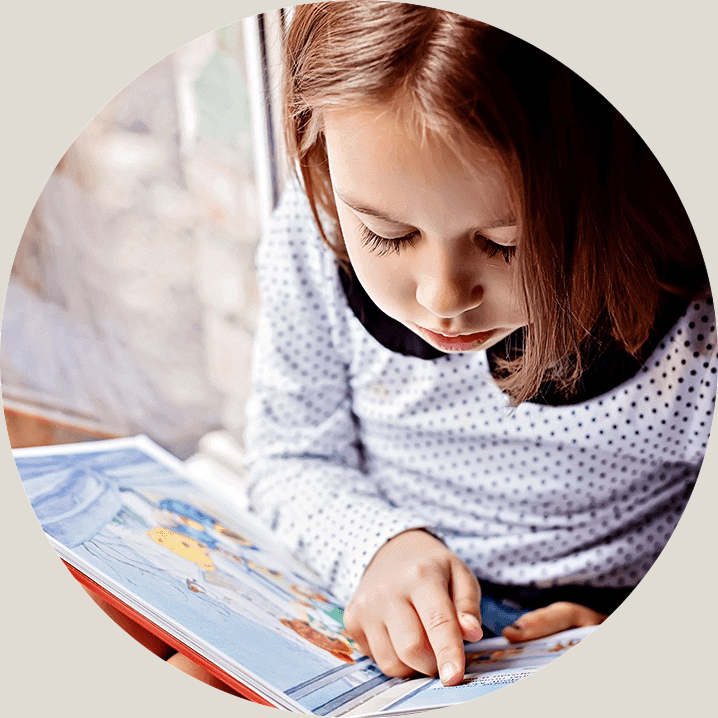 “Because there are many examples of successful, rich people who saw Dostoevsky and Tolstoy in a coffin in white slippers , art, theater. Are they unhappy? No! Probably, those who live next to them are unlucky, but they feel great. The book has not been the main source of knowledge for a long time - today we have computers, gadgets, lectures, online courses And the child will very quickly feel this lie.0003
“Because there are many examples of successful, rich people who saw Dostoevsky and Tolstoy in a coffin in white slippers , art, theater. Are they unhappy? No! Probably, those who live next to them are unlucky, but they feel great. The book has not been the main source of knowledge for a long time - today we have computers, gadgets, lectures, online courses And the child will very quickly feel this lie.0003
To make you feel that reading is a great pleasure, that it is fun, interesting, that books help you fantasize, dream, interact with reality - yes, it is possible. The child should have a reason to be interested and ask for a book. But for this, reading must be part of the family, parental culture
It is useless to explain to a child that a book is great if the parents themselves are always on the phone or in front of the TV. Phrases like "Do something useful, read", said at the same time, lead to the opposite effect: the child feels that he is superfluous, unnecessary, that they just want to get rid of him.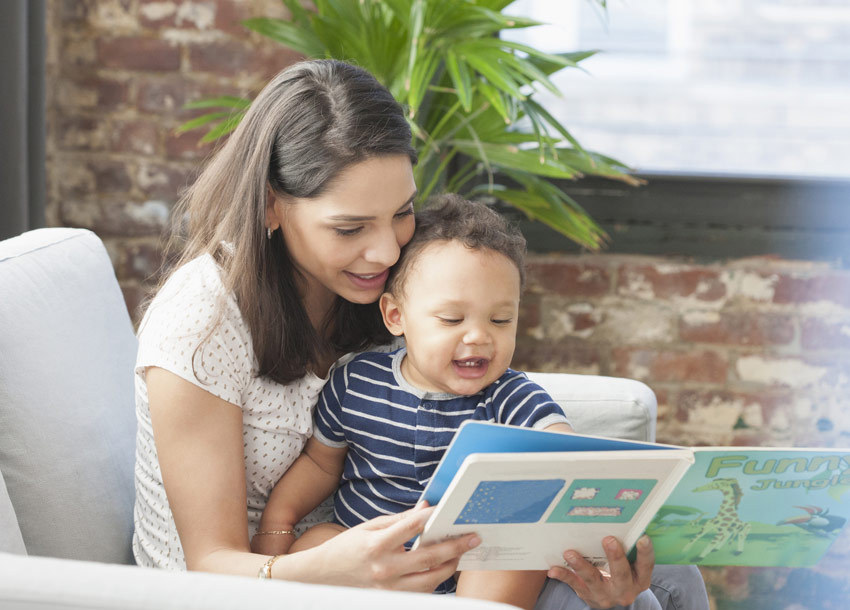 Yes, pictures will be viewed. Text is read. But this has nothing to do with what we call "liking to read."
Yes, pictures will be viewed. Text is read. But this has nothing to do with what we call "liking to read."
Book VS gadgets?
Millions of parents, grandparents and teachers consider gadgets to be almost the main enemy of children's reading. There are even classes for the treatment of gadget addiction, a method for teaching writing with fountain pens and ink has been developed. Gadgets are withdrawn or never bought to the child. But is this method of struggle effective and do prohibitions help in achieving the sacred goal - cultivating love for the book?
© Janine Schmitz/Photothek via Getty Images
"There is an age when it is better not to give gadgets to children, or to do it very rarely and not for long. This applies to very young children - one or two years old," says Natalia Malakhova, chief librarian of the Department of Sociology, Psychology and Pedagogy of Children's Reading of the Russian Children's Reading Library, child psychologist. later, after four or five years, gadgets can be introduced into the daily routine - for a certain, limited time. It is very important how we give the gadget: if a mother puts a tablet to the baby so that he will let her chat on the phone, there is nothing good in it" .
It is very important how we give the gadget: if a mother puts a tablet to the baby so that he will let her chat on the phone, there is nothing good in it" .
Too much enthusiasm for gadgets does not arise from nowhere: it is often the result of the wrong behavior of parents who ignore the child. If a mother gave a gadget to “untie” her hands, the child reads that it is bothering her. It’s a completely different matter if she sat down nearby to choose a cartoon together or play an educational game.
“Declaring war on gadgets is a deliberately failed idea, this is the beginning of the road to hell,” says Dima Zitser. “A child under five or six years old loves to do everything with his mother. great. And then also sculpt together from plasticine, draw, cook borscht and go for a walk."
Diaper reading?
It is necessary to read to a child even during pregnancy — one of the "commandments" of supporters of early development of children. And when the child is born, you need to start introducing him to letters and books as soon as possible.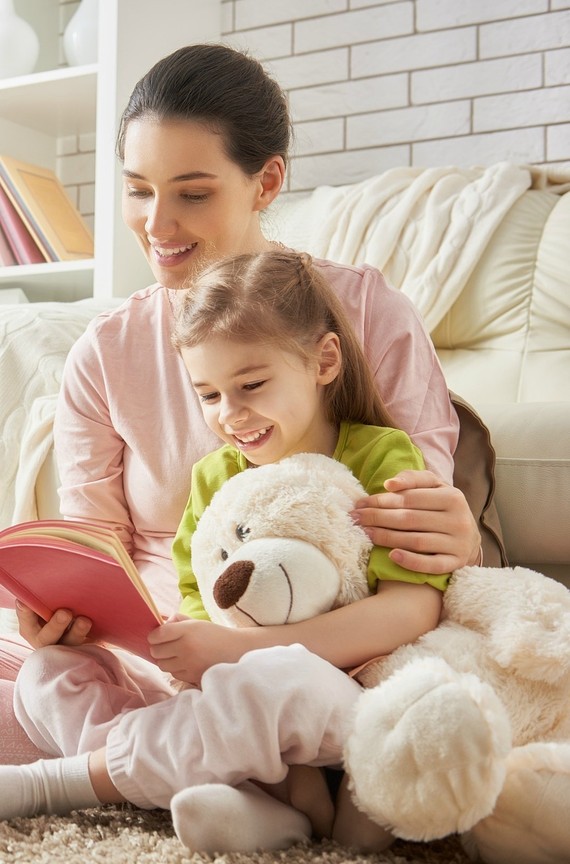
"In fact, if a mother emotionally shows pictures to a baby, he will be interested, but not because the book captivates him, but because he reads the mother's emotions, he likes the shapes in the pictures, the tactile sensations from touching the pages," — explains teacher and children's writer Marina Aromshtam.
Books made of felt, velvet, fabrics of different textures, fur, the so-called quiet books can attract the attention of a child, they develop fine motor skills, but they are perceived by him as a toy, and not as a source of plot.
"Some mothers are zealous and read rather complex texts to their babies," says child psychologist Natalia Malakhova.
Read also
Galina Yuzefovich reminded parents that there are no "correct" children's books
With regular training, a child can really learn to read very early, even at two or three years old. But this skill will not affect his success in the future.
"It is impossible to teach a small child to read by force.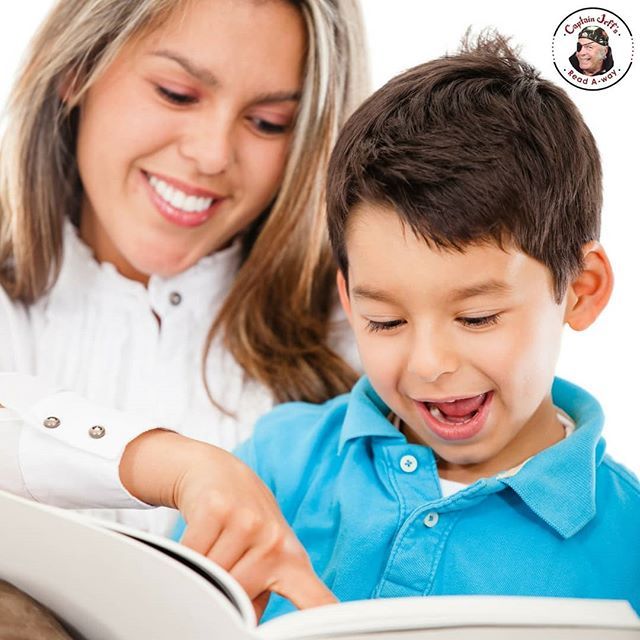 Those who promise to do this very early are cunning," says children's writer and teacher Marina Aromshtam. "There are patterns in a child's development: it is no coincidence that for 100 years psychologists have determined the threshold when schooling can begin. literacy. He is between five and seven years old. It is by this time that the baby develops conscious speech, he can use complex grammatical constructions and understand their meaning. We believe that if a child is already able to speak at three years old, then his speech is fully formed and he is ready to learn. But psychologists are shifting us a couple of years later. Yes, there are children who, due to their individual abilities, can learn to read earlier than others, even at three years old. But this is rather an exception to the rule."
Those who promise to do this very early are cunning," says children's writer and teacher Marina Aromshtam. "There are patterns in a child's development: it is no coincidence that for 100 years psychologists have determined the threshold when schooling can begin. literacy. He is between five and seven years old. It is by this time that the baby develops conscious speech, he can use complex grammatical constructions and understand their meaning. We believe that if a child is already able to speak at three years old, then his speech is fully formed and he is ready to learn. But psychologists are shifting us a couple of years later. Yes, there are children who, due to their individual abilities, can learn to read earlier than others, even at three years old. But this is rather an exception to the rule."
Experts believe that it is very difficult for a child to concentrate physically at a preschool age, and reading requires not only recognition of signs, but also understanding which sound corresponds to a sign, which sign precedes in a syllable, which one will follow it.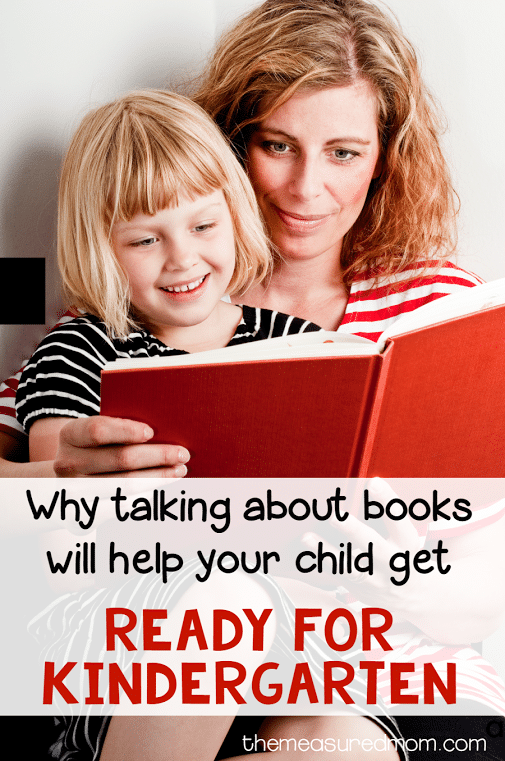 At a time when the main way of knowing reality for a small person should be a game, he is overloaded with reading, which in the future can lead to loss of motivation, isolation and neuroses. In addition, by the time a child reaches the age of seven, the variations in early school reading are likely to fade.
At a time when the main way of knowing reality for a small person should be a game, he is overloaded with reading, which in the future can lead to loss of motivation, isolation and neuroses. In addition, by the time a child reaches the age of seven, the variations in early school reading are likely to fade.
There is nothing wrong with looking at pictures of letters together with the mother if the child likes it. But if he wants to look at the beetle, he must go and look at the beetle. If at the same time the beetle looks like the letter "Zh" - pay attention to this baby
"But with a small child you can’t work for a result. the child is not ready. And this destroys cognitive attitudes and the desire to learn."
Time to read
When to start reading so as not to harm the child, and what books to offer him?
"If a child is already able to keep his attention on a picture, examines books with interest, this is a sign that he is ready to perceive the text," says Marina Aromshtam.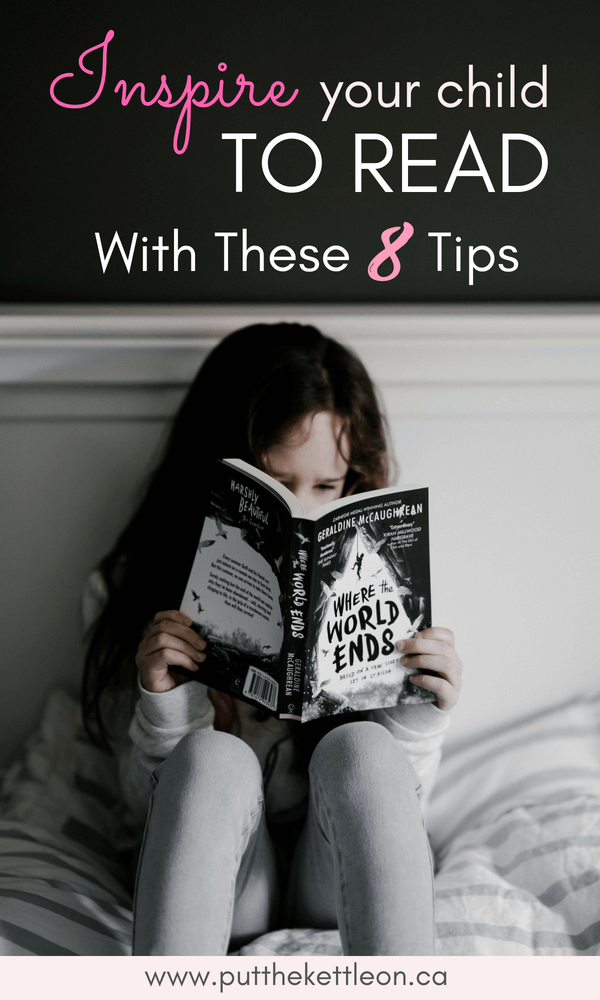 to explain in one's own words, in emotional phrases - this is the so-called ritual. Later, the child becomes very sensitive to the purity of the text. "
to explain in one's own words, in emotional phrases - this is the so-called ritual. Later, the child becomes very sensitive to the purity of the text. "
© Artem Geodakyan/TASS
Just a few years ago, Wimmelbuchs and picture books appeared in Russia, in which there is no text at all: a parent with a child invents a story by looking at the drawings. This requires a lot of effort from an adult, but the child in this process is in close contact with him, he develops speech and thinking. Marina Aromshtam believes that an important rule that must be observed in order to captivate a child is self-interest.
"You need to read to your child what you yourself are interested in," the teacher says.
The child reads the emotions of the parents, he is very attuned to the parent and feels what the parent likes and what not. If a parent is bored, the child will immediately understand this and it will be passed on to him. Parental interest, on the contrary, will draw the kid into reading
The book should not contain episodes or details that are incomprehensible to the child: if the text about cars talks about a crankshaft, it should immediately be clearly explained what it is.



